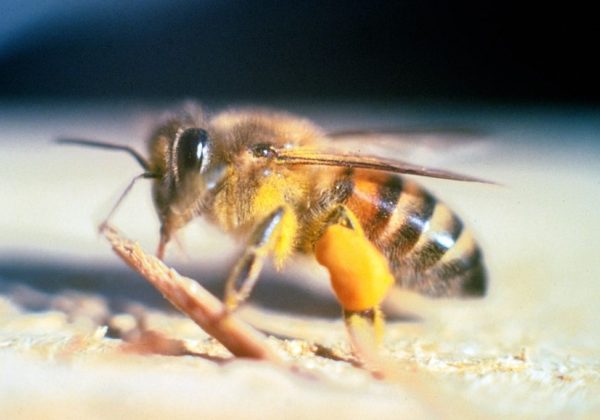Miscegenation humor
The tale of the Africanized (killer) bee provides us with a metaphorical lesson about mixing different sub-species:
In 1956, some colonies of African Honey Bees were imported into Brazil, with the idea of cross-breeding them with local populations of Honey Bees to increase honey production. In 1957, twenty-six African queens, along with swarms of European worker bees, escaped from an experimental apiary about l00 miles south of Sao Paulo. These African bee escapees have since formed hybrid populations with European Honey Bees, both feral and from commercial hives. They have gradually spread northward through South America, Central America, and eastern Mexico, progressing some 100 to 200 miles per year.
…Africanized Honey Bees (=Killer Bees) are dangerous because they attack intruders in numbers much greater than European Honey Bees. Since their introduction into Brazil, they have killed some 1,000 humans, with victims receiving ten times as many stings than from the European strain. They react to disturbances ten times faster than European Honey Bees, and will chase a person a quarter of a mile…Interbred colonies of European and Africanized honey bees may differ in pollination efforts, be more aggressive, excessively abandon the nest, and not survive the winters.
Hybridization does not always produce the convenient “better product” we hope for. African bees are the same species as the European honeybee, but more aggressive and less inclined to survive winters. This reflects the different demands of the ecosystems in which each species needed to survive.
With hybridization, all of those specific traits are lost, and only the simple vestiges remain in the form of impulses that never fully realize. This creates the worst kind of invasive species, which is one that expands rapidly and then collapses, having displaced or ruined existing species and left behind a void.
Tags: africanized honey bees, bees, hybridization, miscegenation, race mixing










